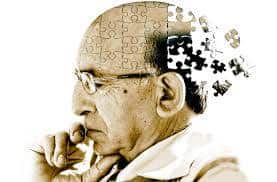Eyes and Alzheimer
Let’s not lie to each other… in posturology, eyes are pretty important! The posturologist assesses ocular motility in order to evaluate coordination and so much more.
Actually, Posturology borrowed from orthoptics the notion of testing the efficacy of eye movement with the idea of assessing more than how we see.
Knowing this, in 2013, researchers sought to find out if specific eye movements were affected in patients suffering from Alzheimer’s. We already knew that patients who suffered from Alzheimer have affected horizontal saccades. We wanted to know, here, if vertical saccades were also affected.
The study concludes, indeed, that vertical saccades are also affected in patients with the illness.
Saccades are eye movements where we go from looking at one target to another, very quickly.
Saccades are initiated in an area of the brainstem called the midbrain and the motor visual areas.
When calibrating with Posturology, via specific exercises, we stimulate the pathways that link the midbrain to the motor visual pathways.
To activate the brain via specific eye exercises such as the ones we suggest to improve saccades is as essential for the brain’s health as it receiving enough glucose and oxygen.
Posturology can be seen, therefore, as a tool to improve brain function and hopefully decrease the likelihood of neural degeneration and neurodegenerative diseases such as Alzheimer’s.


Very interesting!
Does brain degeneration affect eye movemwnt or poor eye movement accelarate brain degeneration? Or its both?
I would think it makes sense to think that it’s a 2 way street.